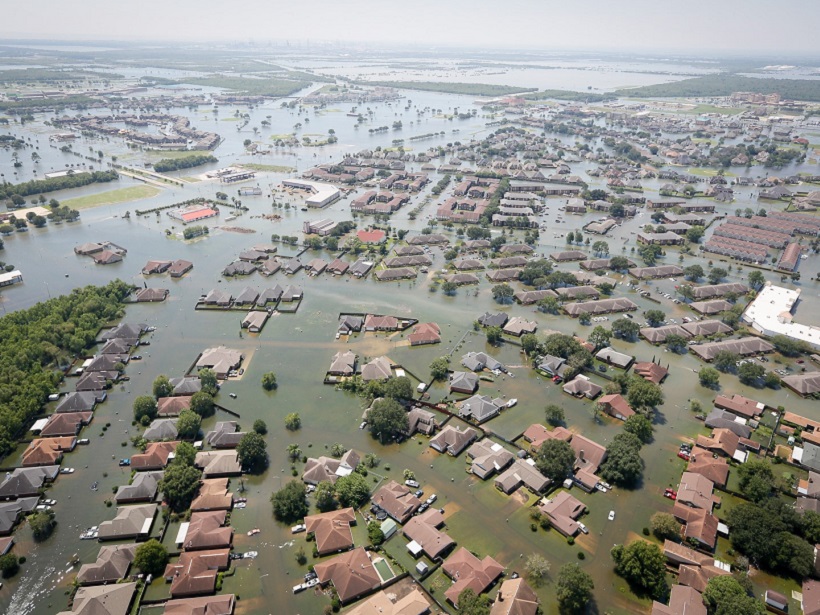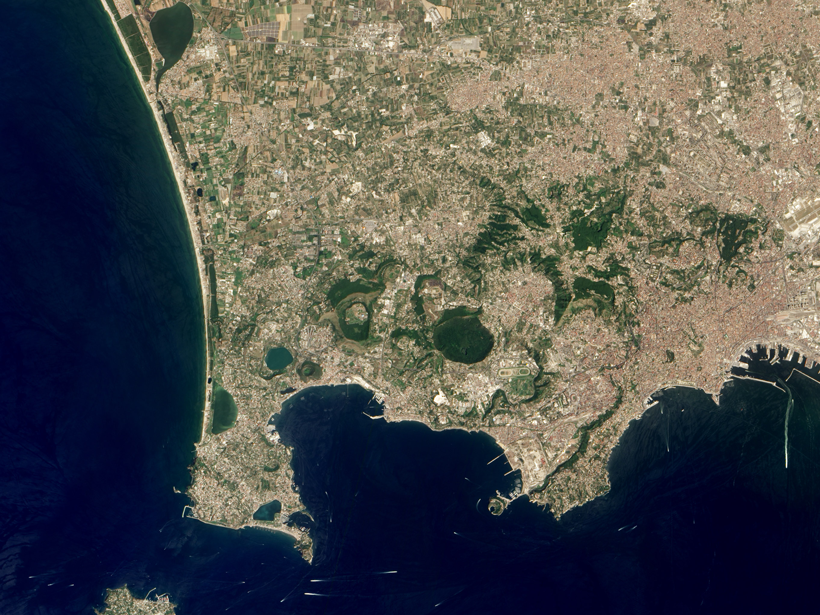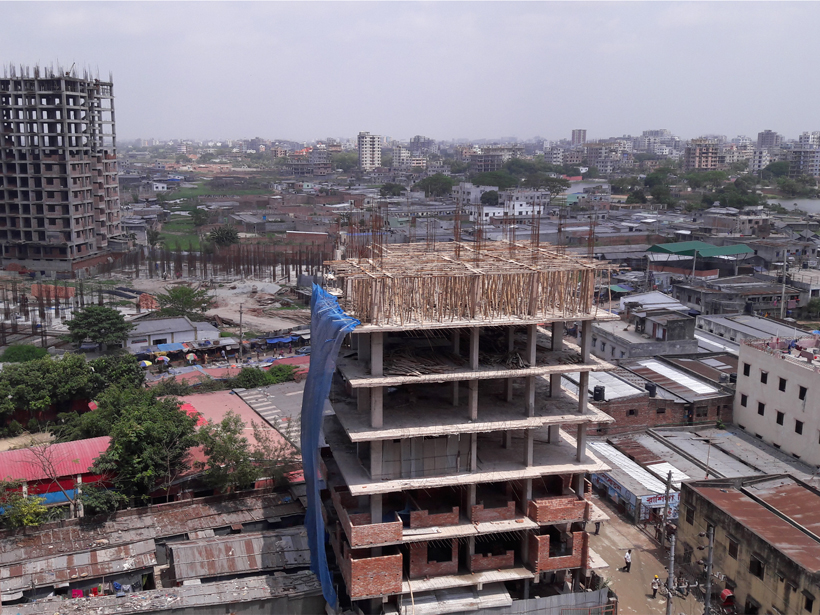An international collaboration is using historical records and modeling to assess tsunami potential in this high-risk region.
disaster preparedness
Lessons from Mexico’s Earthquake Early Warning System
The devastating 2017 Puebla quake provides an opportunity to assess how citizens perceive and use the Mexico City earthquake early warning system.
We Can Work It Out: Avoiding Disasters
Strengthening societal resilience by focusing on the interactions between natural hazards, the built environment, and human societies.
What Is a Nuisance Flood, Exactly?
A more precise definition could help cities and governments prepare and respond to hazards.
Forecasting the Threat from the Sun
Ensemble techniques are opening a path toward space weather forecasts that give deeper understanding of the risk posed by each solar storm that approaches our planet.
Steam-Driven Blasts Last Seen at Kīlauea in 1924 May Recur
Sinking magma levels and rockfalls prompt warnings, flight restrictions, and the shutdown of Hawai’i Volcanoes National Park.
Are We Prepared for the Next Mega Eruption?
The frequency of eruptions with a Volcanic Explosivity Index of 7 is only one or two per thousand years but we cannot afford to be complacent.
Visualizing One of the Most Hazardous Formations in Nature
A network of buoys provides a first glimpse of the seafloor beneath a volatile Italian caldera.
Alaska Spotlights Its Health Risks from Climate Change
In the only Arctic state in the United States, Alaskans have already been affected by health repercussions of warming. More and worse lie ahead, a new state health report says.
The Wicked Problem of Earthquake Hazard in Developing Countries
Earthquake preparation in Bangladesh is a conundrum, where crucial information is missing and investments often involve painful trade-offs.










